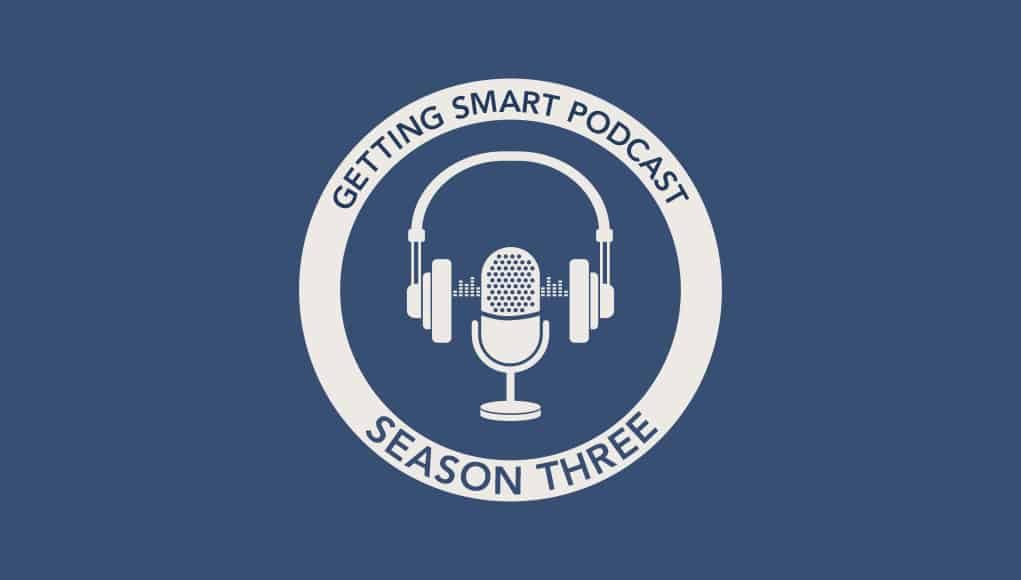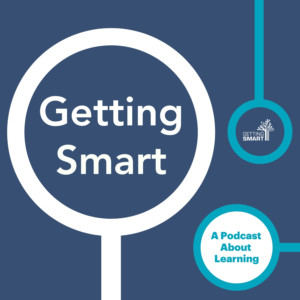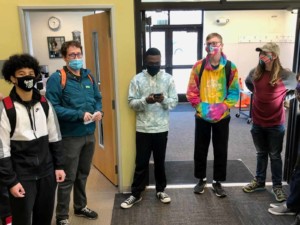Getting Smart Podcast | Network Effect Fuels Personalized Learning in Rhode Island


Recent recipient of the iNACOL (International Association for K-12 Online Learning) Outstanding Individual Contribution to Personalized Learning Award, Shawn Rubin is helping educators across Rhode Island (and beyond) make implementing strong, effective personalized and blended learning a reality.
We sat down to talk with Shawn, Chief Education Officer at the Highlander Institute, to hear more about what he is working on, how the power of networks has fueled educator development and what he thinks is coming next in the future of education.
Key Takeaways:
[:57] Tom welcomes Shawn Rubin to the podcast and Shawn provides some background on Highlander Institute.
[2:08] Where Shawn has taught.
[2:27] The focus of Highlander Institute when Shawn joined: blended learning.
[3:42] All about the Fuse Fellowship program — when they began to utilize the program, about the program, how many ‘Fuse Fellows’ there are, the model, and success of the program.
[7:47] Shawn’s beliefs and evidence that the Fuse Fellowship has transformational potential.
[11:19] The model Fuse rests upon for schools and districts; The framework for change.
[12:38] The progress Shawn sees at the High School level with Fuse Architect — the High School Fuse Fellowship model redesign.
[15:30] The importance of student-teacher relationships and engaging children in meaningful work.
[18:40] Rhode Island’s goals for the Department of Education.
[20:31] What’s next for Highlander and Rhode Island.
[21:43] Shawn’s experience of receiving the reward from iNACOL for his contribution to personalized learning.
Mentioned in This Episode:
Suggested Listening
Be sure to check out the podcast from the iNACOl symposium last year: “S1: E15 The Future of Blended Learning”
For more, see:
- Takeaways from the 2017 Blended and Personalized Learning Conference
- Designing Pilot Programs for Schools and Districts
- Leading Change: How School District IT Departments are Evolving to Become Technology Evangelists
- Silicon Schools Reflects on Five Years of Personalized Learning
Stay in-the-know with all things EdTech and innovations in learning by signing up to receive the weekly Smart Update.






0 Comments
Leave a Comment
Your email address will not be published. All fields are required.